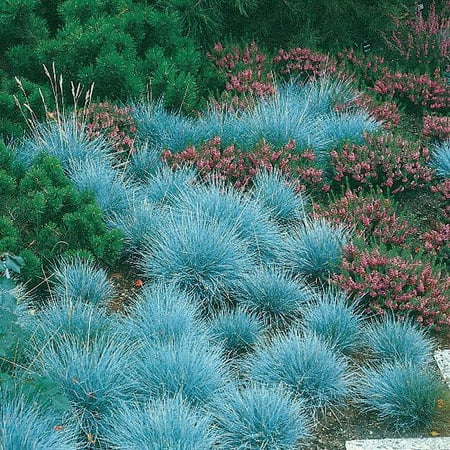How to grow blue fescue grass – for an unusual plant with striking blue blades
This tough ornamental grass is the perfect plant to grow for a cool and calm planting scheme

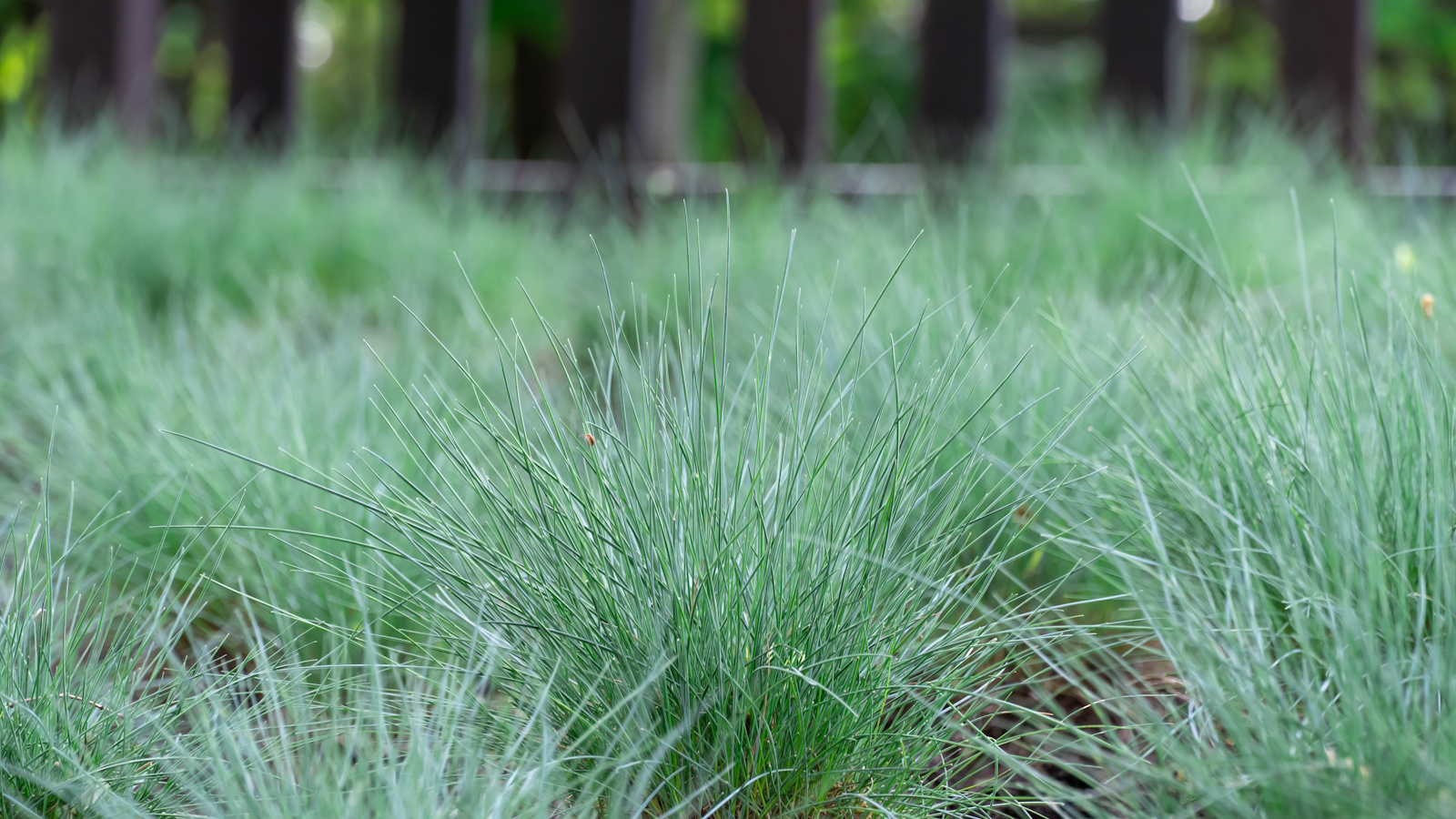
Ornamental grasses can add texture, color and movement to backyard planting displays. Whether you are looking to add greenery to borders or simply cover large swathes of ground, grasses are tough plants that deserve consideration.
One impressive evergreen option is the blue fescue grass, Festuca glauca, famed for its low-growing habit and silvery-blue foliage that glistens when bathing in sunshine. This species can be used as a striking addition to the front of your borders, or simply as an understory plant, offering great value to gardeners for its hardy and versatile nature.
Here, I share all the information you need to learn about how to grow blue fescue grass. So, whether you are looking for evergreen ground cover plants to grow under large trees or shrubs, or perhaps you want to add a blue twist to your pot displays, our guide has all the information you need to succeed.
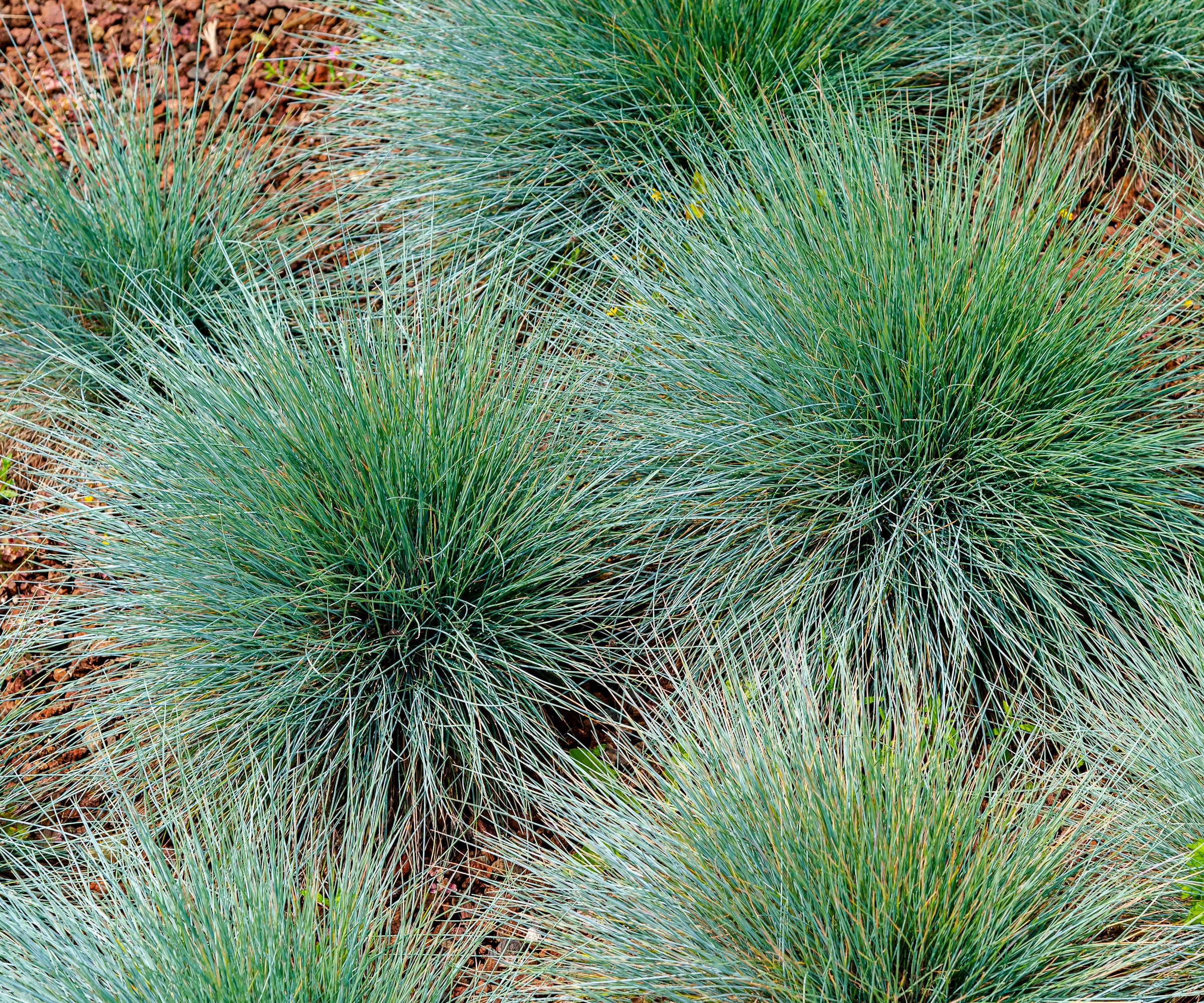
How to grow blue fescue grass
Native to Europe, blue fescue grass stands out as a showstopping and resilient ornamental evergreen. One of the best plants with silver foliage, this low-growing grass will help to create cool, calm planting designs.
I have grown blue fescue grass previously and it pairs nicely with white and purple blooms, or alternatively, for a colorful twist, sprinkle some orange California poppy seeds nearby which look effective when grown near the silver-blue blades. Blue fescue live plants are available online from Amazon.
Things to consider about blue fescue grass
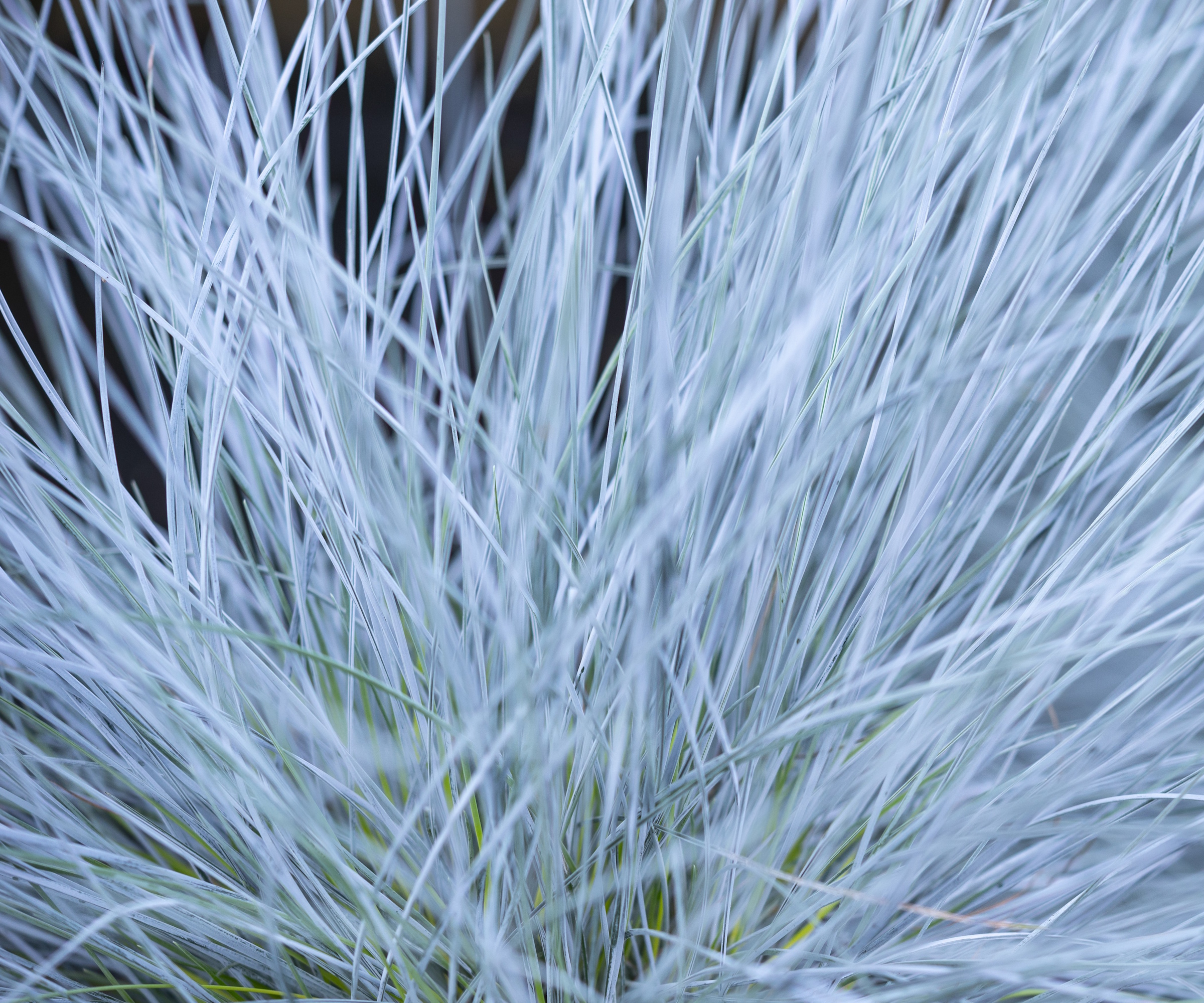
'Blue fescue makes an excellent accent plant or ground cover,' says Sam Niemann, garden expert and founder of Grown by Design, a boutique landscape design firm based in San Diego, and Bleume, a plant fertilizer start-up.
'It is typically hardy in US hardiness zones 4 to US hardiness zones 10 and grows well in both warmer and cooler climates,' Sam adds. 'This ornamental grass reaches its mature height of 8-12 inches relatively quickly.
Design expertise in your inbox – from inspiring decorating ideas and beautiful celebrity homes to practical gardening advice and shopping round-ups.
'Blue fescue performs best in full sun, which helps maintain its vibrant blue color, and it is tolerant of dry soils, which is handy for those seeking drought-tolerant landscaping ideas.'

Sam is a lifelong gardener whose passion for plants and nature has been the driving force behind his extensive knowledge and expertise in horticulture. He studied at San Diego State University, earning a degree in Finance while simultaneously founding Grown by Design, a boutique landscape design firm.
Growing advice for blue fescue grass
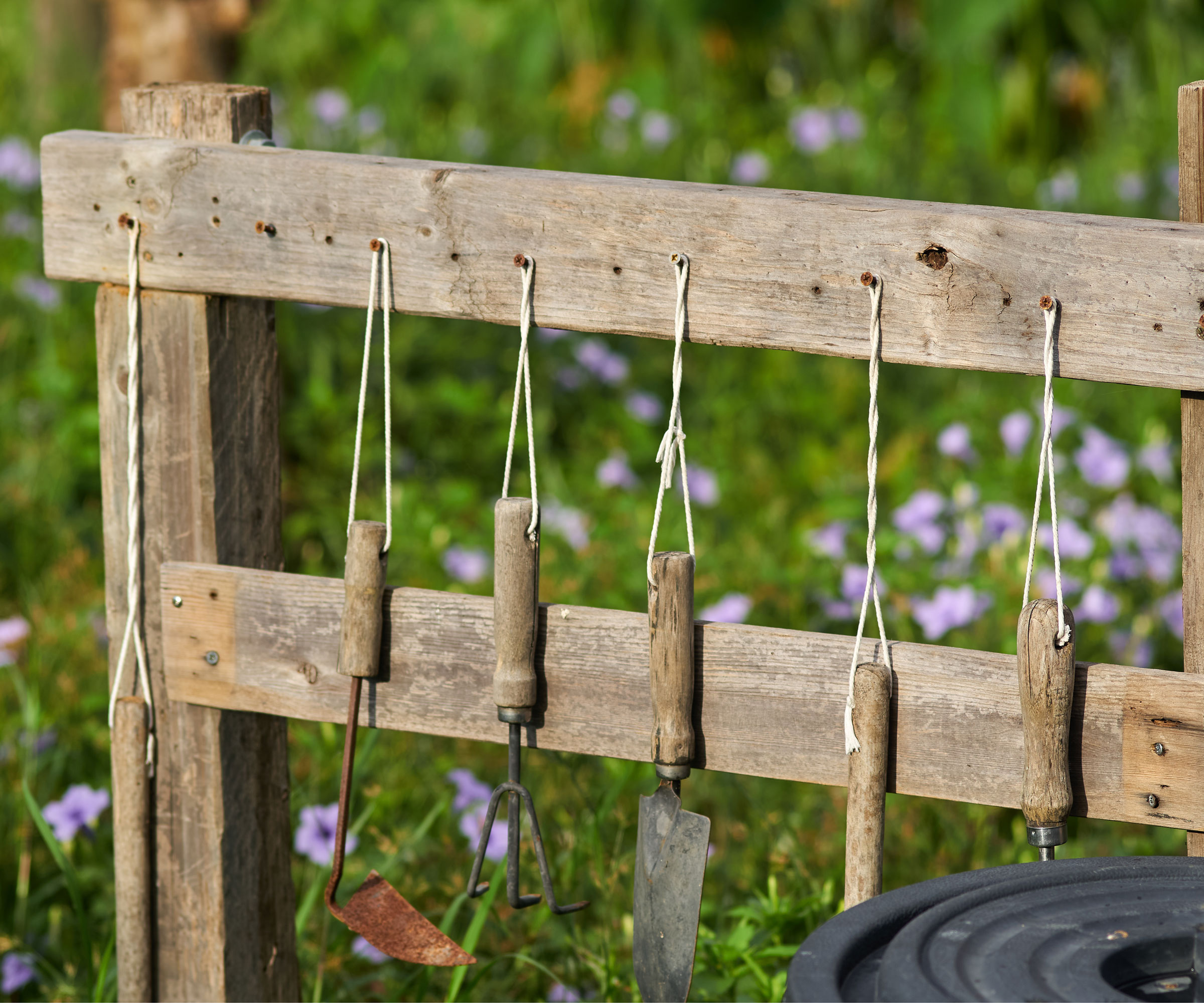
Soil: Blue fescue prefers a moisture retentive soil with moderate drainage. It does not do well in waterlogged, soggy or consistently moist borders. 'Once mature, blue fescue is considered drought-tolerant and can go without rain for many weeks during the summer,' Sam adds, 'although I recommend watering blue fescue when the top few inches of soil have dried out.'
Light: This low-growing plant thrives in full sunshine, so be sure to position it in a border that receives six to eight hours of sunlight each day. While it can tolerate part-shade, the foliage may turn green instead of silver-blue. Put simply, the more sunshine the plant receives, the bluer the foliage.
Watering: Following planting, give your blue fescue grasses a slow, deep watering as they establish themselves. Water weekly or every other week during the summer for the first year. Annual mulching of your borders will improve the quality of your borders and help to retain moisture in the soil. Pine mulch is available from Walmart.
Fertilizing: You do not need to fertilize blue fescue. Annual mulching will provide all the nutrients your plants need and they will grow just fine without any need for fertilizer.
Pruning: 'To keep your blue fescue grass looking its best, remove old foliage in early spring as new growth begins to emerge,' Sam says. If your plant looks healthy and happy, and the foliage is silver-blue, there is no need to prune, although if you want to encourage fresh growth, snip down to three to four inches above the ground in March or April.
FAQs
Are there any pests or diseases that can damage blue fescue grass?
Blue fescue plants are relatively pest and disease-resistant, although aphids can be a problem during the spring and summer when the evenings warm up. If your aphid problems become worrying, a blast of water using a hose can wash them away, although for a larger aphid infestation, opt for an organic product.
Can I grow blue fescue in a pot?
Yes, blue fescue can be grown in a pot. It is fairly compact, and so is well suited to container gardening. Be sure to replant your grass every year to replenish the soil and give your grass room to grow. While these are drought-tolerant plants, monitor watering requirements during the summer, as your pots can quickly dry out.
Blue fescue grass is a tough and hardy plant, ideal for growing in cooler, northern zones. For this reason, there is no reason to protect or winterize your plants. Simply, sit back, and enjoy the silver-blue foliage despite the dark and cold weather. In the fall, your grass will produce attractive seed heads that I suggest leaving on the plant until the spring, as they add interest, movement and texture to your winter garden. For more information, you can read our guide on winter garden trends.

Thomas is a Content Editor within the Gardens Team at Homes and Gardens. He has worked as a professional gardener for both public spaces and private estates, specializing in productive gardening, growing food and flowers. Trained in Horticulture at the Garden Museum, he has written on gardening and garden history for various publications, including The English Garden, Gardens Illustrated, Hortus, The London Gardener and Bloom. He has co-authored a Lonely Planet travel book, The Tree Atlas, due out in 2024.
